If you’ve ever played Dungeons & Dragons, chances are you’ve heard the term “THAC0” thrown around a time or two. But what exactly is THAC0, and how does it work within the game’s combat system?
THAC0, or “To Hit Armor Class 0,” is a term used in the Advanced Dungeons & Dragons (AD&D) role-playing game. It refers to the target number that a player needs to roll on a 20-sided die (also known as a d20) in order to successfully hit an opponent whose armor class is 0. In other words, if a player has a THAC0 of 18 and is attacking an opponent whose armor class is 0, they will need to roll an 18 or higher in order to hit.
At first glance, THAC0 can seem a bit confusing. After all, why would the target number change depending on the opponent’s armor class? To understand this, it’s important to know a bit more about how combat works in AD&D.
When two characters engage in combat in D&D, the attacker must make an attack roll in order to determine whether or not they hit their target. To make an attack roll, the player rolls a d20 or twenty-sided dice, and add various modifiers to the roll, including their THAC0, their opponent’s armor class, and any other bonuses or penalties they may have (such as spells or weapons).
If the total of the attack roll is equal to or greater than the opponent’s armor class, the attacker hits and deals damage. If the total is lower than the opponent’s armor class, the attack misses and no damage is dealt.
So why does THAC0 matter? Essentially, THAC0 represents a character’s proficiency at hitting opponents. The lower a character’s THAC0, the more likely they are to hit a particular opponent. For example, a character with a THAC0 of 10 is more likely to hit an enemy than a character with a THAC0 of 20.
When it comes to armor class, the lower the number, the better. A character with an armor class of 9 is essentially naked and unprotected, making them easier to hit. In contrast, a character with an armor class of 0 is heavily armored and much more difficult to hit.
Because THAC0 is used to determine whether or not an attack hits, it makes sense that the target number would change depending on the opponent’s armor class. A character with a high armor class is easier to hit, so the target number is lower. In contrast, a character with a low armor class is more difficult to hit, so the target number is higher.
As you can see, THAC0 is an important factor in AD&D combat. Understanding how it works can help you make more effective attacks and come out victorious in battle.
So, now that you’re thoroughly confused, you’re asking yourself what the hell, right? Well, this article is for those playing 1st and 2nd edition THAC0. Even then you’re probably scratching your head. I’ll tell you what, ask me more on my author page, or listen to Stevo and me on or podcast and we’ll see if we can’t help you out.
Kip Shelton is a true D&D aficionado, having played the game since the late 1970s. He's a well-rounded individual who, after graduating College in the late 1980s, began his work in the music industry. Kip's passion for creative work led him to transition into the special effects and film industries, where he quickly found his sweet spot, first as an editor, then as a producer, director, and mostly as a script writer.

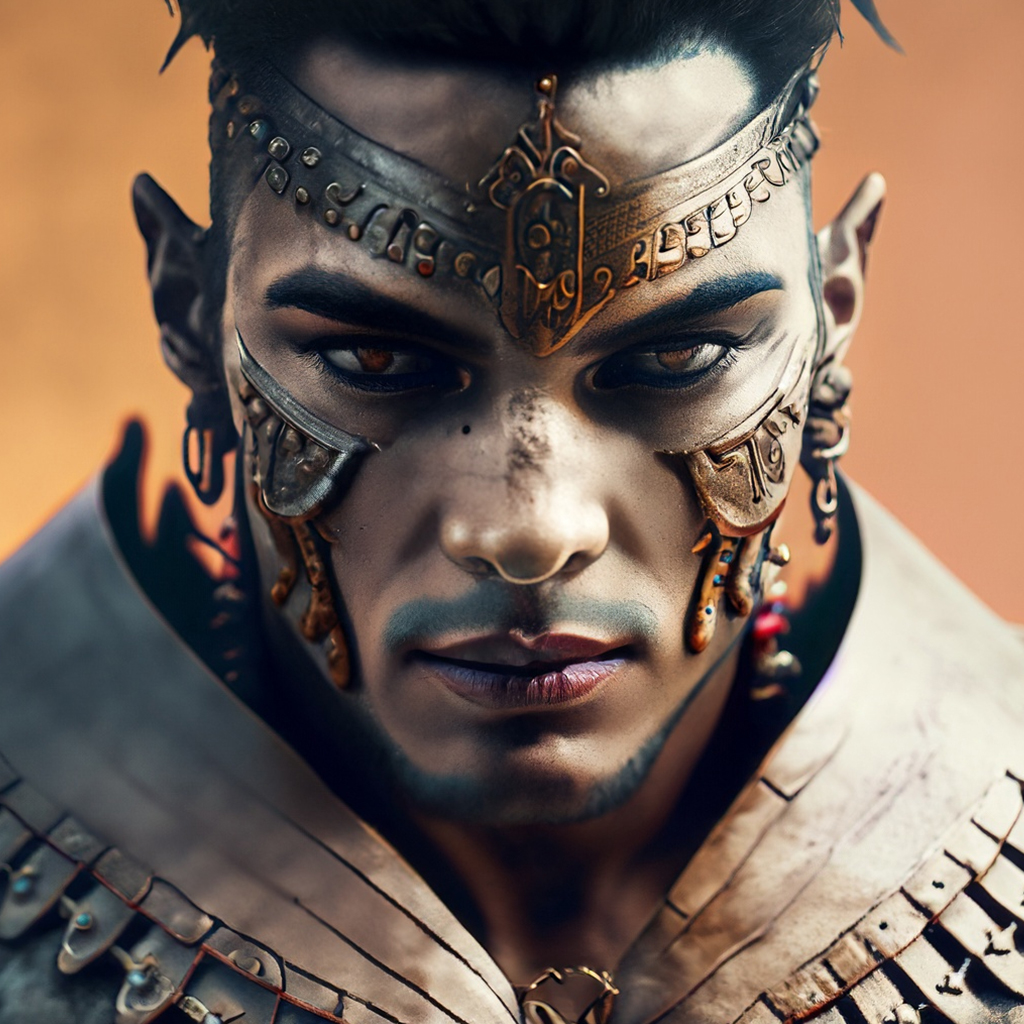
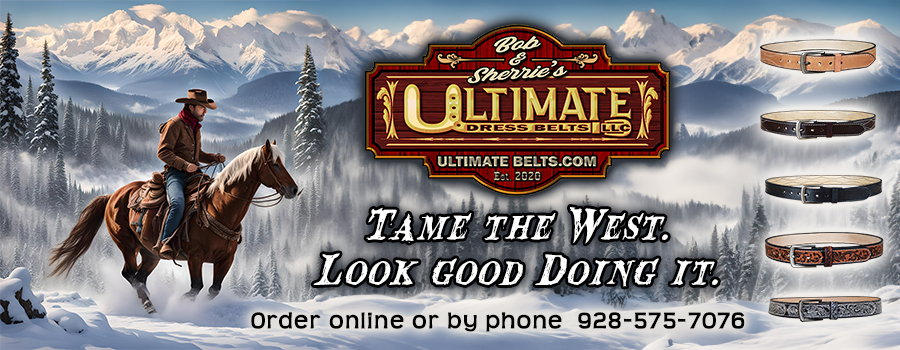
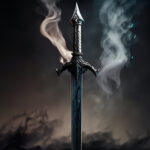




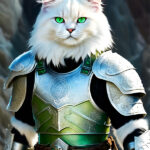
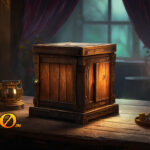
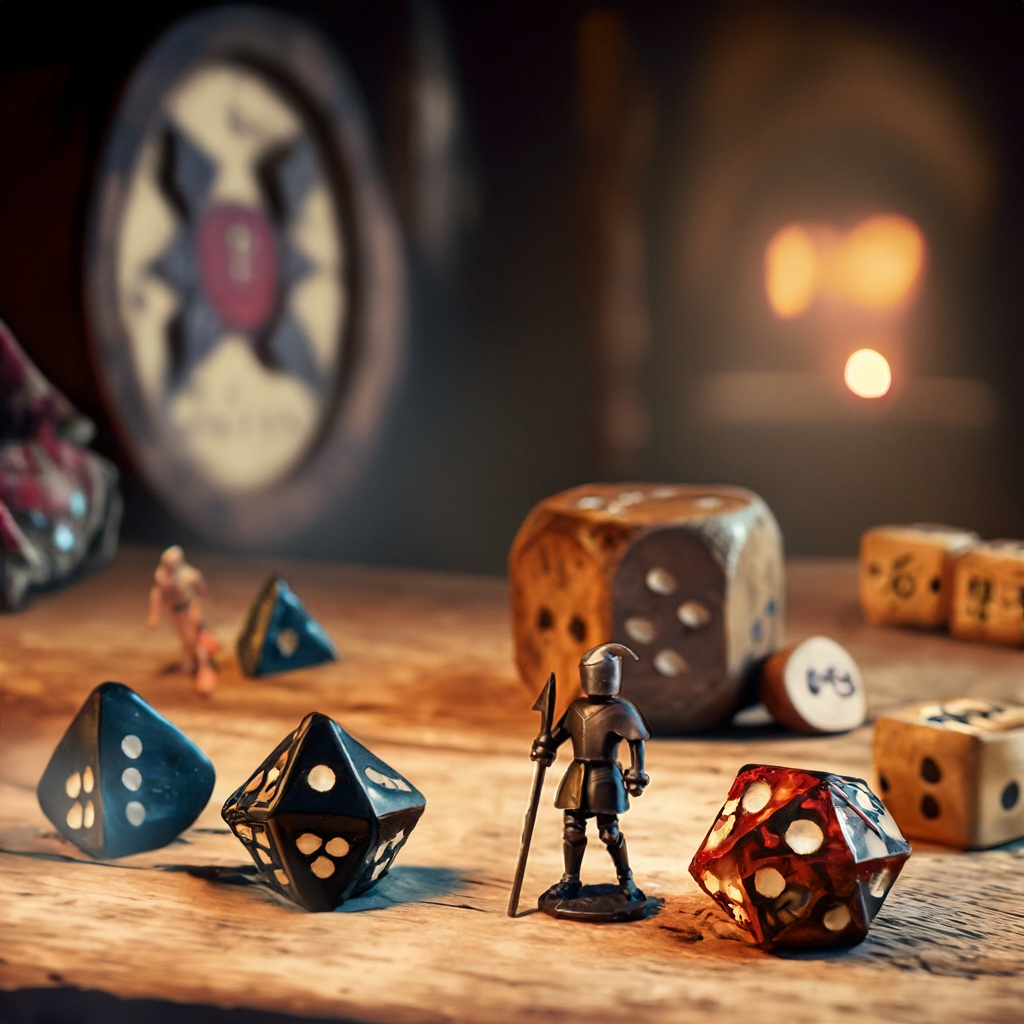

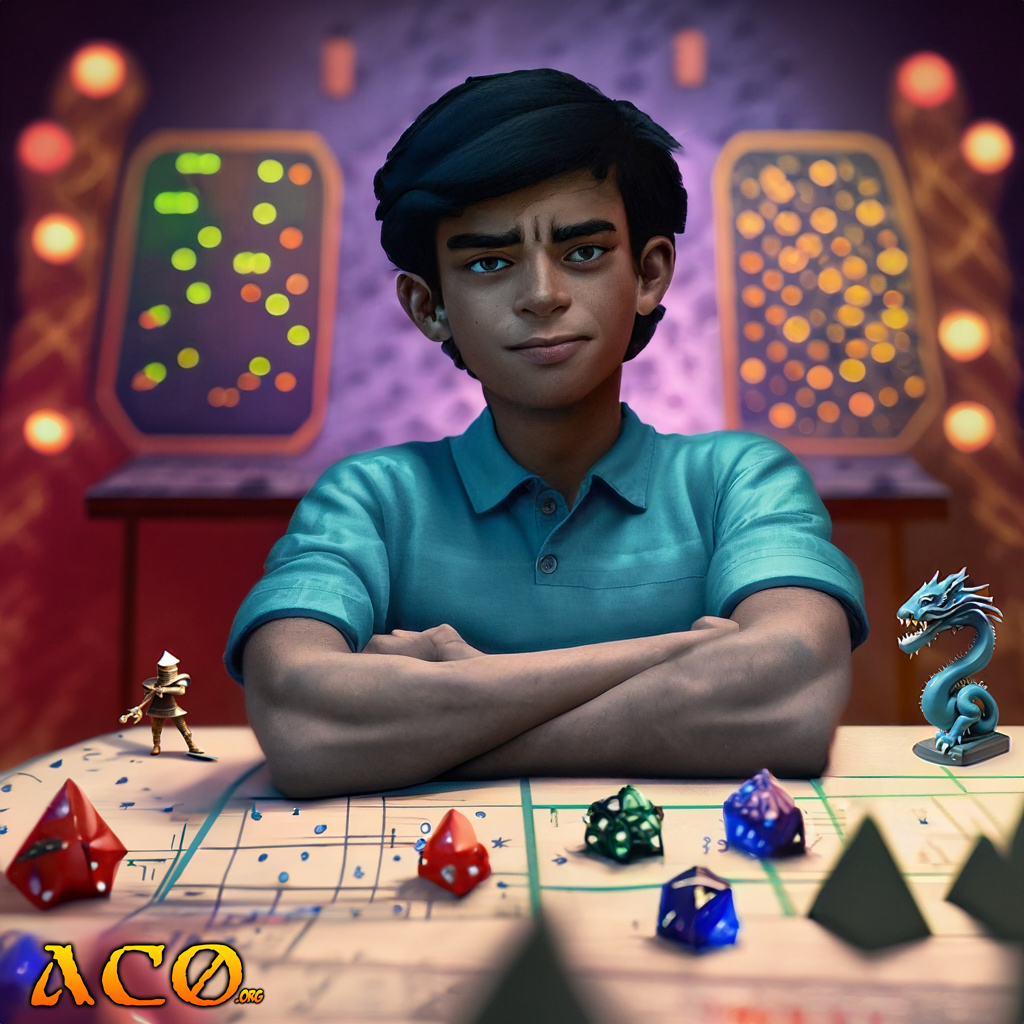


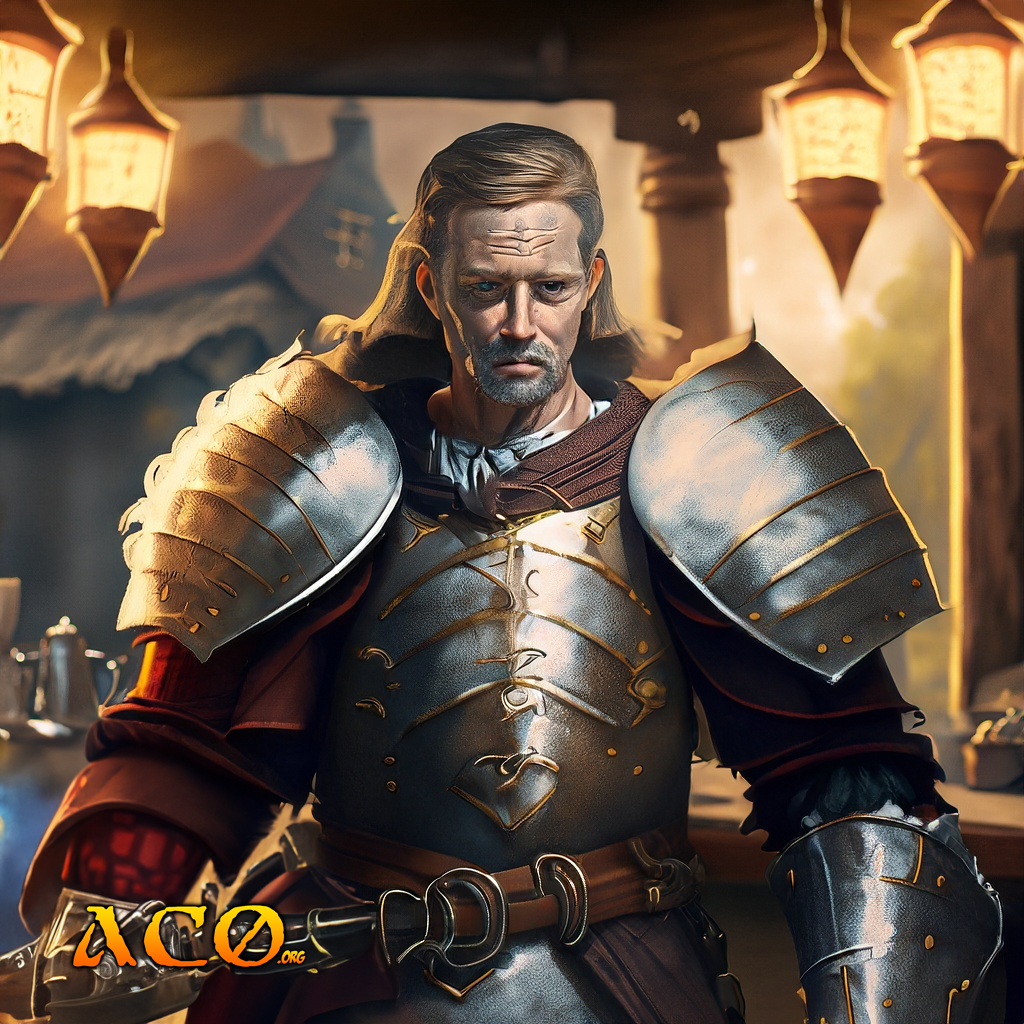
Technically, of course, it should be referred to by pronunciation as “THAK-zero”, since it is AC-Zero, not AC-OH. The greatest confusion with it as a system comew from its complete unrealism vis-a-vis the Real World. Armour does NOT stop you from being hit: in fact, the more weight of Armour that you wear, the MORE likely that you are to be hit. This is simple Mechanics and Physics: your limited body strength becomes ever-more severely encumbered by the increasing mass of armour which you are wearing. Wearing a simple Leather Jack is similar to wearing a thick winter jacket, because that is what it effectively is. Wearing a Corselet of Plated Maille [such as the 16th Century Conquistadors wore] weighed much more, and restricted movement, slowing the wearer down considerably. A a full [Medieval] suit will drastically slow you down, and requires special movement training [I have actually seen this on a Factual TV programme]. What progressively thicker/ more resistive armour actually does is absorb, diminish, deflect, and disperse the impact energy of an incoming strike or blow. Wearing a T-Shirt will stop almost nothing from a Sword Slash Attack, whilst wearing Cuir Bouilli [literally “Boiled Lather”] will stop a significant amount, but still likely leave the target significantly injured, and a Plated coat of Maille [pronounced like “MY”, and meaning “Stitch” or “Link”] will stop almost all the damage, barring the Physical Impact. Consequently, such a protected person can survive many more strikes in this Armour Protection before being brought down than in something lesser.
Most of the confusion concerning THAC0 came about because it was very poorly explained in the 2ndAD&D rules [and effectively not at all in the Classic AD&D Rules. Once you realise that your Adjusted AC is actually a Die Roll Modifier for your Opponent to hit you with, it makes a whole lot more sense.
Example: Level 7 Fighter attacks a Dragon with an AC of 3 in Classic AD&D]. She has STR 17 [+1 To Hit and Damage in this version], and is using a +2 Foot Flail. She has +6 to her Attack Rolls [for being a Level 7 Fighter]. In order to get a successful hit, her Player needs a total of 20+ on the D20 Roll [because this is required To Hit AC Zero]. Ignoring AC Type Modifiers due to Weapon Type being used and Target Armour Type of the Target, the Character has:
+6 [Level] +1 [17 STR] +2 [Magical Weapon] and gets +2 T[for the Target’s AC]. Grand Total = +11.
20 – 11 = 9, which becomes the Die Roll on the D20 which the Player needs to roll equal or higher than for this Fighter Character to hit the Target Dragon in this situation.
Statistically, this particular situation give a 60% hit rate, so the Foot Flail Damage of 2-8 +2 [its Magic] +1 [character’s STR] produces an average of 8hp per hit, or 60% of this [6.4hp] every round. Unless she has several friends, i would bet on the Dragon, even a first Edition one! Unlewss you surprise it, of course.
Enjoy.